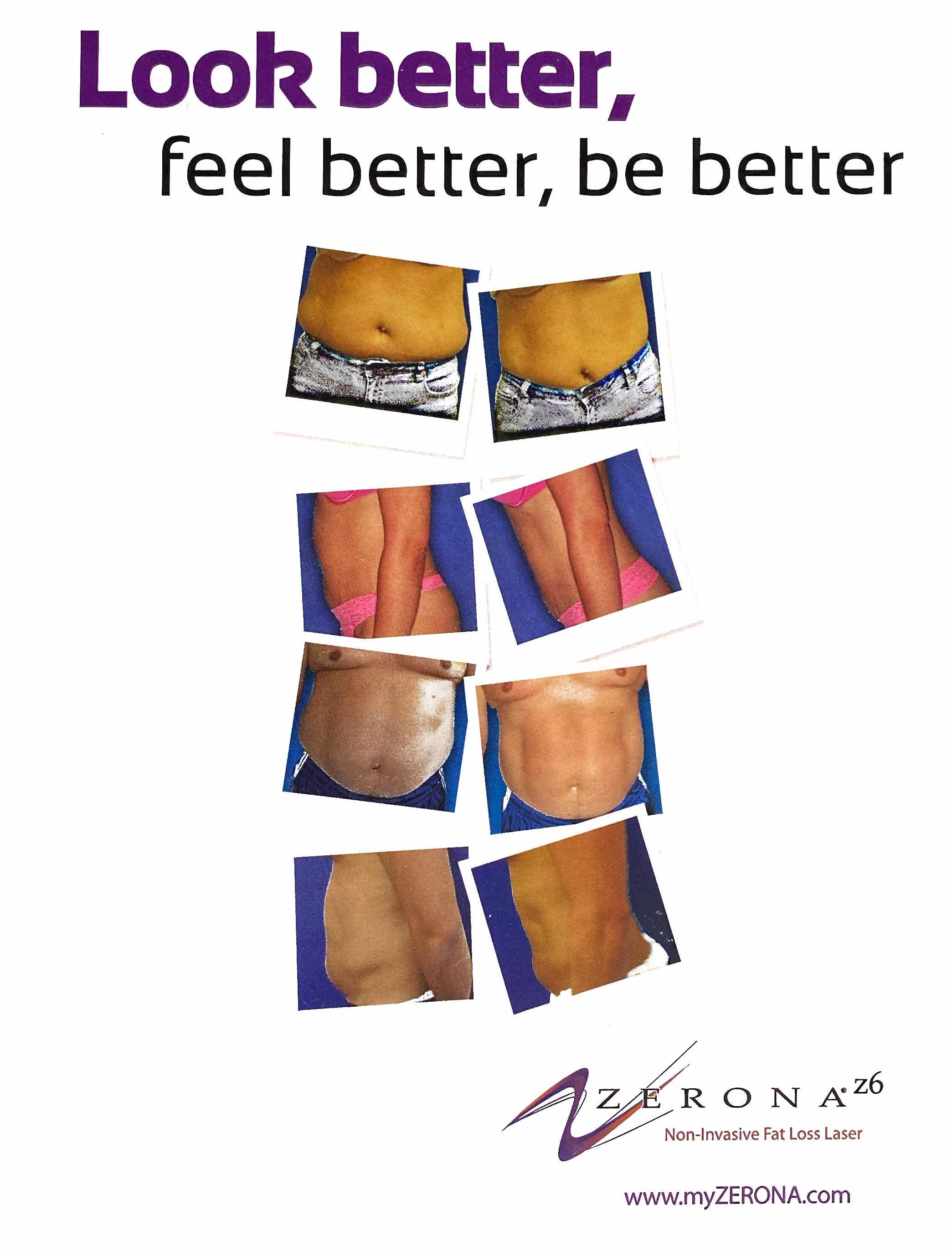
Scoliosis refers to an irregular lateral curvature of the spine. The condition is most often diagnosed in early adolescence or childhood. It is not always noticeable, but some people may have uneven hips or shoulders due to the curve of the spine. They may also lean to one side.
Most patients rarely require treatment because the curve often does not progress severely. Depending on the patient's age and the degree of curvature, your doctor may recommend combining physical therapy and back bracing.
Causes of Scoliosis
Medical experts are still uncertain about what causes the most prevalent form of scoliosis. However, they agree it may have to do with genetics, as the condition sometimes runs in families. The rare types of scoliosis may be a result of the following:
Birth anomalies that impact the development of spinal bones
Previous operation on the chest as an infant
Spinal cord abnormalities
Infections or injuries to the spine
Certain neuromuscular disorders like muscular dystrophy or cerebral palsy
Scoliosis Risk Factors
Risk factors for developing idiopathic scoliosis include your gender. Although both sexes may develop mild scoliosis at the same rate, girls tend to have a higher risk of the curvature worsening. Age is another risk factor, and as mentioned, adolescents face a higher risk of the condition. Also, you may face a higher risk of developing scoliosis if you have a family history of the disease.
Symptoms of Scoliosis
The most common form of this condition is known as adolescent idiopathic scoliosis. As the name suggests, it typically appears in adolescence. It is prevalent in individuals aged 10 to 18 years old. Some of the symptoms include the following:
One hip may be more noticeable than the other
Slightly different heights for the ribs on each side
Uneven hanging of clothes
Slightly different lengths of the legs
The head appears to be slightly off center
Leaning to one side
One shoulder blade or shoulder being lower than the other
In older adults, scoliosis can result in minor back pain, though rarely. Infants who experience scoliosis may persistently lie down with their bodies curved to one side. You may also notice a bulge on one side of their chest.
In severe instances, an infant may experience lung and heart problems. It may lead to chest pain and shortness of breath. If left untreated, the child will be at a higher risk of developing complications later in life, like impaired lung and heart function.
Diagnosis of Scoliosis
Your doctor will physically examine your ribs, shoulders, hips, and spine. With the aid of a scoliometer or inclinometer, they will measure your degree of scoliosis. If the angle exceeds 10⁰, you have scoliosis. Your doctor can also use imaging scans like MRI scans, CT scans, and X-rays to get a better picture of your spine.
Conclusion
In a nutshell, scoliosis means an irregularly curved spine. It tends to manifest in adolescence or childhood, and the cause is still unknown. Surgery, back bracing, and chiropractic care can often help. Consult your doctor as soon as possible if you suspect your loved one has scoliosis. Early treatment helps prevent future complications.
For more information on scoliosis or to schedule an appointment, contact Chiropractic Nashville in Nashville, Tennessee at (615) 205-1022.








